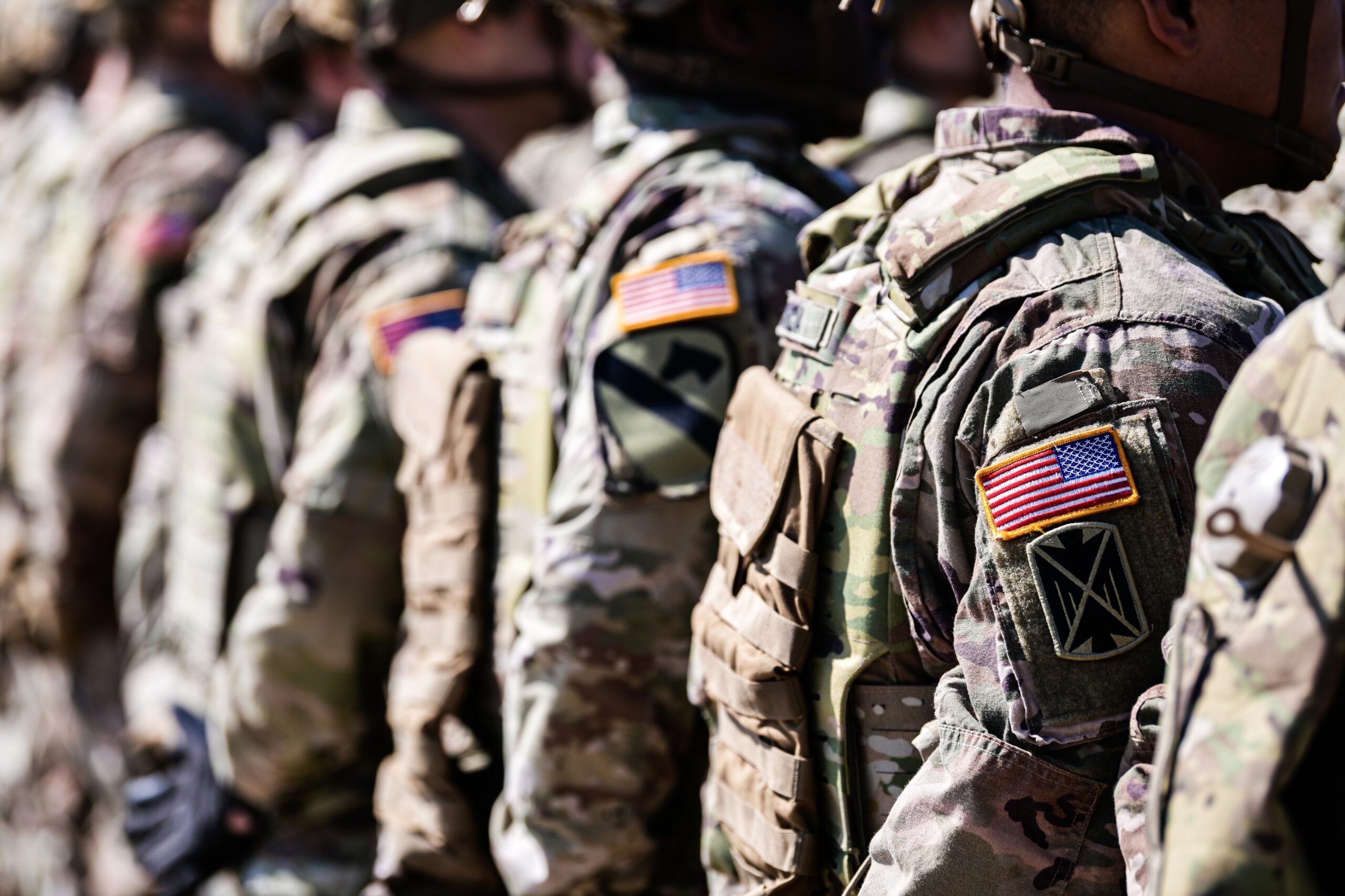Military DISQUALIFICATION – New Law PASSES!

Bipartisan lawmakers are introducing legislation to help Americans rejected from military service find civilian defense jobs, bridging a critical workforce gap while supporting those with medical disqualifications.
At a Glance
- The Defense Workforce Integration Act aims to connect medically disqualified military recruits with civilian defense sector jobs
- The bipartisan bill addresses critical workforce shortages in manufacturing, cybersecurity, and defense logistics
- Department of Defense would be required to provide information about civilian employment opportunities during initial medical evaluations
- The legislation expands successful Air Force practices to Army and Navy personnel management
- While not guaranteeing employment, the bill improves hiring access for disqualified candidates
Bridging Military Disqualifications and Defense Industry Needs
A bipartisan coalition of lawmakers has introduced the Defense Workforce Integration Act, aimed at creating alternative pathways for Americans who face medical disqualifications from military service.
The legislation would help these individuals find civilian employment opportunities within the armed forces and the broader defense industry. This initiative comes as the defense sector faces significant workforce shortages in critical areas such as manufacturing, cybersecurity, and logistics – fields essential to maintaining America’s military readiness and technological edge against global competitors.
The bill, supported by both Republicans and Democrats in Congress, represents a pragmatic approach to addressing two challenges simultaneously: providing career opportunities for patriotic Americans unable to serve in uniform while strengthening the civilian workforce that supports military operations.
Medically disqualified candidates often possess valuable skills and a desire to contribute to national defense, yet currently face limited options when their military aspirations are cut short due to medical restrictions that may not impact their ability to serve in civilian roles.
Implementing Practical Communication Channels
Under the proposed legislation, the Department of Defense would be required to provide information about civilian employment opportunities to candidates at the moment they receive notification of medical disqualification. This early intervention aims to redirect qualified individuals toward alternative service paths rather than losing their talents entirely. The timing is particularly important, as many recruits experience disappointment and uncertainty when learning they cannot pursue military careers, often unaware that their skills remain valuable to national defense through civilian channels.
The Defense Department already invests significant resources in recruiting and initially evaluating potential service members. When medical disqualifications occur, these investments currently yield no return for national defense. By creating structured pathways to civilian defense employment, the legislation would help retain talent and maximize the government’s recruiting investments. The approach recognizes that medical standards for military service are necessarily stringent, but that these same conditions often pose no limitations for civilian defense work.
Expanding Successful Models Across Services
The legislation builds upon existing best practices within the Air Force, which has developed effective systems for recommending disqualified candidates to civilian hiring authorities. The Defense Workforce Integration Act would expand these successful models to the Army and Navy, ensuring consistent application across all military branches. This standardization would create more equitable opportunities regardless of which branch a candidate initially approached for service, while allowing each service to benefit from proven personnel management techniques.
While the bill does not guarantee employment for disqualified candidates, it significantly improves their access to the hiring process. By formalizing connections between military recruiting and civilian defense employment, the legislation creates clearer pathways for individuals committed to supporting national defense despite being unable to serve in uniform. This approach recognizes that patriotism and service can take many forms beyond active military duty, particularly as the defense sector increasingly relies on specialized civilian expertise in technical fields.
Addressing Critical Defense Industry Shortages
The timing of this legislation aligns with growing concerns about workforce shortages throughout the defense industrial base. Key manufacturing sectors, cybersecurity operations, and logistics functions have all reported difficulties finding qualified personnel, potentially impacting military readiness and technological development. By redirecting medically disqualified recruits who already demonstrated interest in defense-related careers, the bill provides a targeted approach to addressing these workforce gaps with pre-identified candidates who possess both relevant skills and patriotic motivation.
The bipartisan nature of the legislation reflects recognition across political lines that strengthening America’s defense capabilities requires both military and civilian workforce development. In an era of increasing global competition and evolving security challenges, maximizing all available talent pools represents a pragmatic approach to maintaining defense capabilities while providing meaningful career opportunities for Americans committed to national service, regardless of their medical qualification status for uniformed military positions.












